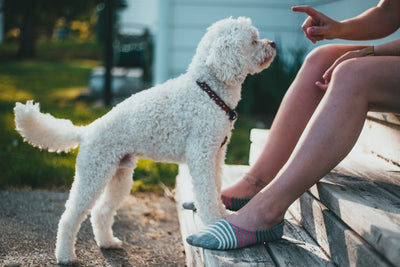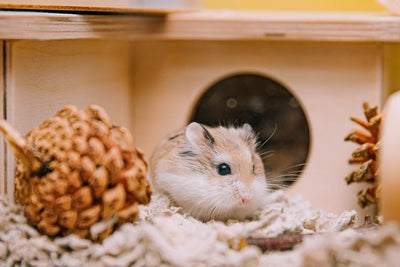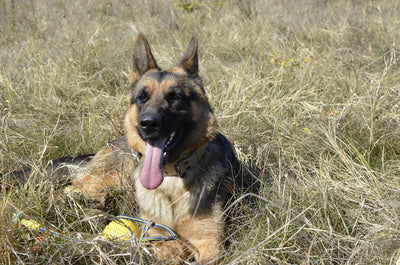As a proud owner of a bearded dragon, you know that providing the right environment is crucial for your pet's health and well-being. One of the most important factors to consider is the size of the tank or enclosure. The right tank size can make all the difference in ensuring your bearded dragon thrives and lives a long, happy life.
In this comprehensive guide, we'll dive into the details of bearded dragon tank size requirements, helping you create the perfect home for your scaly companion. Whether you're a new bearded dragon owner or looking to upgrade your pet's living space, this blog post will equip you with the knowledge you need to make an informed decision.
Understanding Bearded Dragon Tank Size Needs
Bearded dragons are relatively large lizards that require ample space to move around, bask, and explore. The size of the tank or enclosure should be based on the size of your bearded dragon, as well as its age and growth stage.
Hatchling and Juvenile Bearded Dragons
When your bearded dragon is a hatchling or in the juvenile stage, they will require a smaller tank size. A 20-gallon tank is generally recommended for hatchlings, while a 40-gallon tank is suitable for juveniles up to 12 inches in length.
It's important to note that as your bearded dragon grows, you'll need to upgrade the tank size accordingly. Keeping a hatchling or juvenile in a tank that's too small can lead to stress, stunted growth, and other health issues.
Adult Bearded Dragons
Once your bearded dragon reaches adulthood, typically around 18-24 months of age, they will require a much larger tank. The recommended tank size for an adult bearded dragon is a minimum of 75 gallons, with 120 gallons being the ideal size.
An adult bearded dragon needs ample space to move around, bask, and thermoregulate. A larger tank also allows for proper temperature gradients, which are essential for your pet's health and well-being.
Considerations for Tank Dimensions
When choosing a tank for your bearded dragon, it's not just the total volume that matters, but also the dimensions of the enclosure. Bearded dragons are generally longer than they are tall, so a tank that is wider and longer is preferred over one that is taller.
The ideal tank dimensions for an adult bearded dragon should be at least 48 inches long, 24 inches wide, and 24 inches tall. This provides your pet with the necessary floor space to move around and explore, while also allowing for proper temperature gradients and basking areas.
Setting Up the Perfect Bearded Dragon Tank
Now that you know the recommended tank sizes for your bearded dragon, it's time to set up the perfect enclosure. Here are some key considerations:
Substrate
The substrate, or the material that covers the bottom of the tank, is an important factor in your bearded dragon's comfort and health. Avoid using loose substrates like sand or small pebbles, as these can be ingested and cause digestive issues. Instead, opt for solid, non-abrasive substrates like reptile carpet, newspaper, or paper towels.
Lighting and Heating
Bearded dragons are ectothermic, meaning they rely on external heat sources to regulate their body temperature. Proper lighting and heating are crucial for their well-being. You'll need a basking spot that reaches 100-110°F, as well as a cooler area on the other side of the tank that is around 80-85°F.
Use a combination of overhead basking lamps, UVB lighting, and under-tank heating pads to create the ideal temperature gradient. Carefully monitor the temperatures and adjust as needed to ensure your bearded dragon can thermoregulate effectively.
Décor and Enrichment
To make your bearded dragon's tank more engaging and natural, add various décor elements. This can include branches, rocks, and sturdy plants (both live and artificial) that provide hiding spots, basking areas, and opportunities for climbing and exploration.
Incorporating these elements not only enhances the aesthetic of the tank but also stimulates your bearded dragon's natural behaviors and helps reduce stress.
Water and Feeding
Provide a shallow water dish in your bearded dragon's tank, but be mindful that they may not drink from it regularly. Misting the tank or offering a light water spray can help keep your pet hydrated.
When it comes to feeding, be sure to offer a varied diet of appropriate-sized insects, greens, and occasional fruits. The frequency and portion sizes will depend on your bearded dragon's age and size, so consult with a veterinarian or experienced reptile keeper for guidance.
Transitioning to a Larger Tank
As your bearded dragon grows, you'll need to upgrade the tank size accordingly. This process should be done gradually and with care to minimize stress and disruption to your pet's routine.
When moving your bearded dragon to a larger tank, ensure that the new enclosure has the same or similar décor and layout as the previous one. This will help your pet feel more comfortable and secure in their new home.
It's also important to acclimate your bearded dragon to the new tank slowly, allowing them time to explore and adjust to the new environment. This can be done by placing the new tank next to the old one for a few days, allowing your pet to get used to the sights and sounds, before making the final transfer.
Conclusion
Providing the right tank size for your bearded dragon is essential for their overall health and well-being. By following the guidelines outlined in this comprehensive guide, you can ensure that your scaly friend has a comfortable, enriching, and safe environment to thrive.
Remember, as your bearded dragon grows, be prepared to upgrade the tank size accordingly. With the proper setup and care, you can create a happy and healthy home for your beloved pet.
Happy bearded dragon parenting!






